How to repel swans from your yard – 5 creative, harm-free tips
Experts share tips to deter swans from your yard by promoting alternative habitats and wildlife-safe solutions
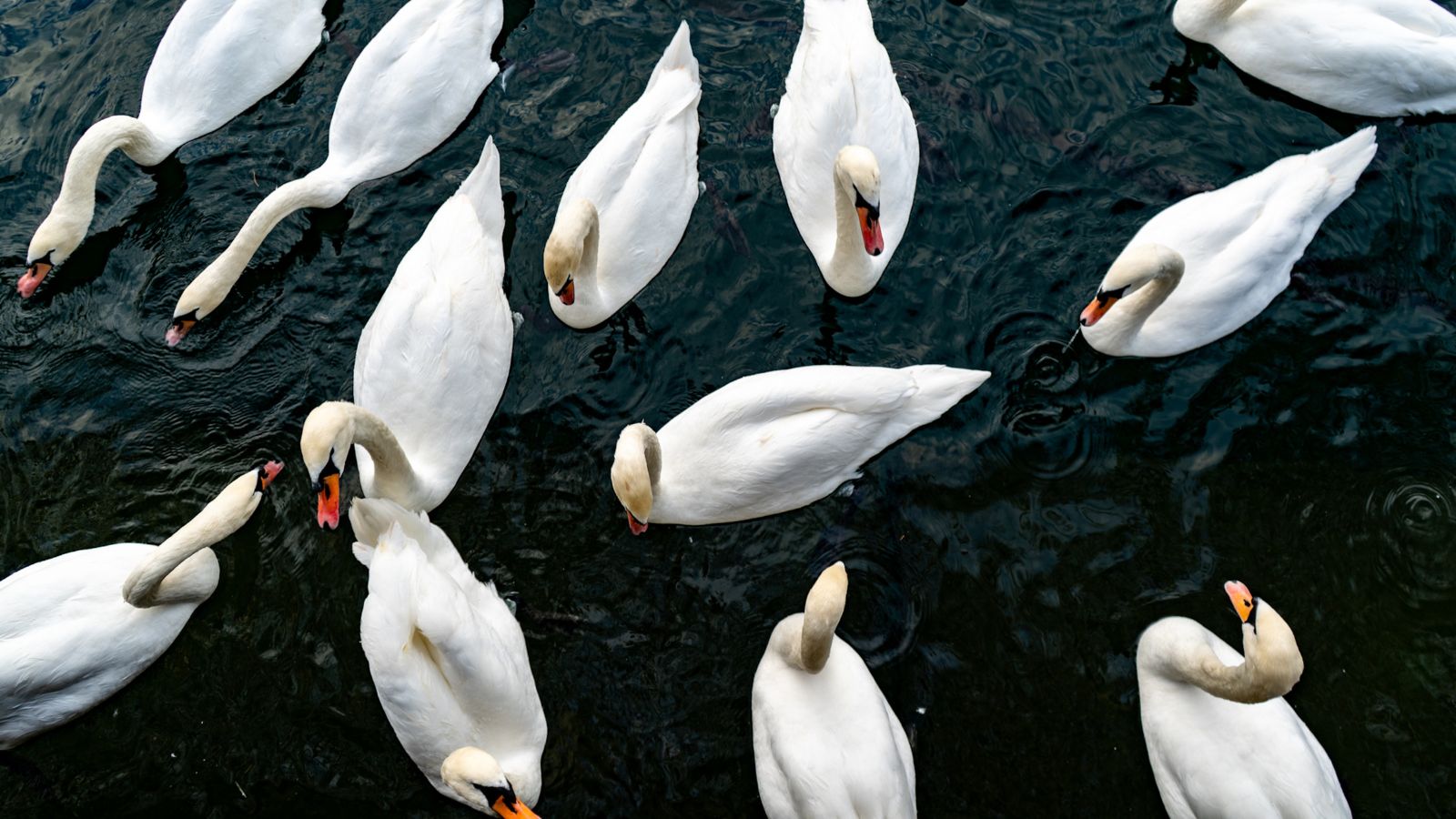

Swans, while undeniably beautiful and graceful, can become quite intimidating if they feel threatened. If they make their way into your yard, their presence can quickly go from majestic to troublesome, especially if they feel the need to defend their territory.
You've probably heard the saying, 'A good defense is the best offense', and when it comes to knowing how to repel swans from your yard, this certainly applies. Effectively deterring swans requires a thoughtful understanding of their natural behaviors and instincts, so you can ensure your property remains swan-free without harming or disrupting the local eco-system.
Beyond the obvious – such as avoiding common pest control mistakes like feeding them – there are several creative, non-forceful ways to encourage swans to seek a new home. With these strategies, you can gently persuade them to move along and find a more suitable spot.
1. Use landscaping to create barriers
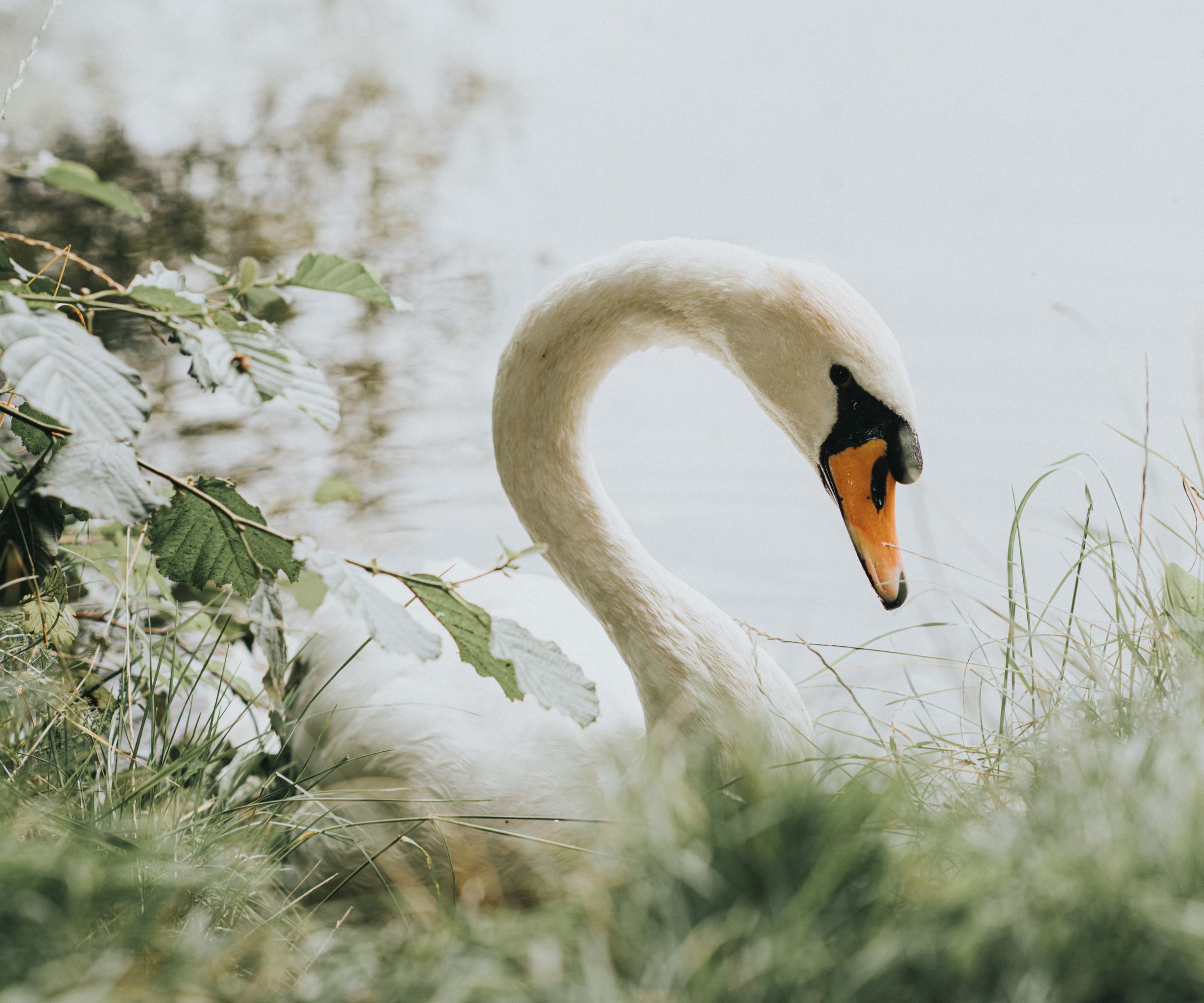
Swans are naturally wary of areas with limited visibility, which makes them feel unsafe. To discourage swans from nesting or entering your yard, avoid dense vegetation that offers shelter. Instead, consider planting the best landscaping shrubs or bushes that provide a clear boundary. These will serve as an effective deterrent as it limits their ability to detect predators or threats.
Peter Rania, president and CEO of Waltham Pest Control Co, explains: ‘In my experience, creating a less inviting environment for swans works well. This includes planting thick shrubs or tall grasses around the perimeter of ponds or water features, which discourages swans from settling in.'
Prickly varieties, such as holly or barberry, work especially well. These pest-repellent plants not only obstruct the swans’ movement, but their thorny structures also physically discourage nesting, making the area less appealing overall. Plus, they can be a beautiful addition to your yard and won't disrupt the natural landscape.

Peter Rania is the president and CEO of Waltham Pest Control. For over 30 years the company has provided high quality commercial pest control solutions to many different industries including property management, apartments and condominiums, health care industry, hospitality industry, food services industry, retail industry, schools and transportation industry.
2. Set up sound-based deterrents
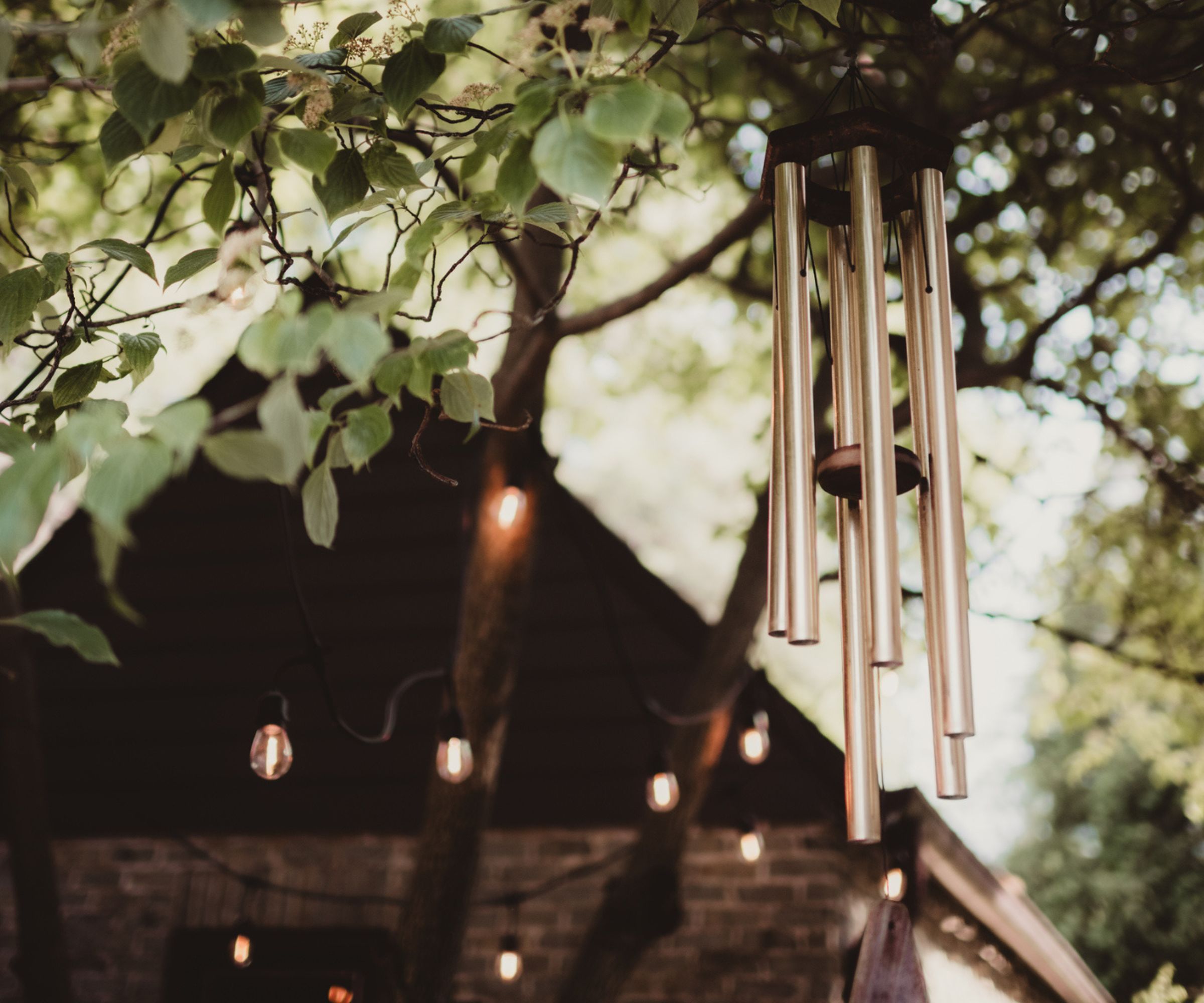
Swans are highly sensitive to sudden, irregular sounds due to their natural survival instincts. In the wild, birds rely heavily on their acute hearing to detect potential threats, such as predators, before they can be seen. Sharp or unpredictable noises trigger an immediate flight response, as the birds instinctively associate these sounds with danger, and will ultimately causing them to avoid the area.
'Employing sound-based deterrents can be highly effective,' says Peter Rania. They disrupt the swans’ ability to relax and navigate their surroundings, encouraging them to leave in search of a more secure location. Devices that emit irregular sounds can make your yard uncomfortable for swans, encouraging them to leave.'
These include wind chimes – such as these beautiful moonlight waves wind chimes, from Target – or motion-activated alarms, available at Amazon, to create irregular noises.
Set these sound deterrents around areas that swans are likely to nest, such as near ponds, water features, or the edges of your yard, to make the environment feel unsafe and encourage them to find a quieter spot.
3. Employ visual deterrents
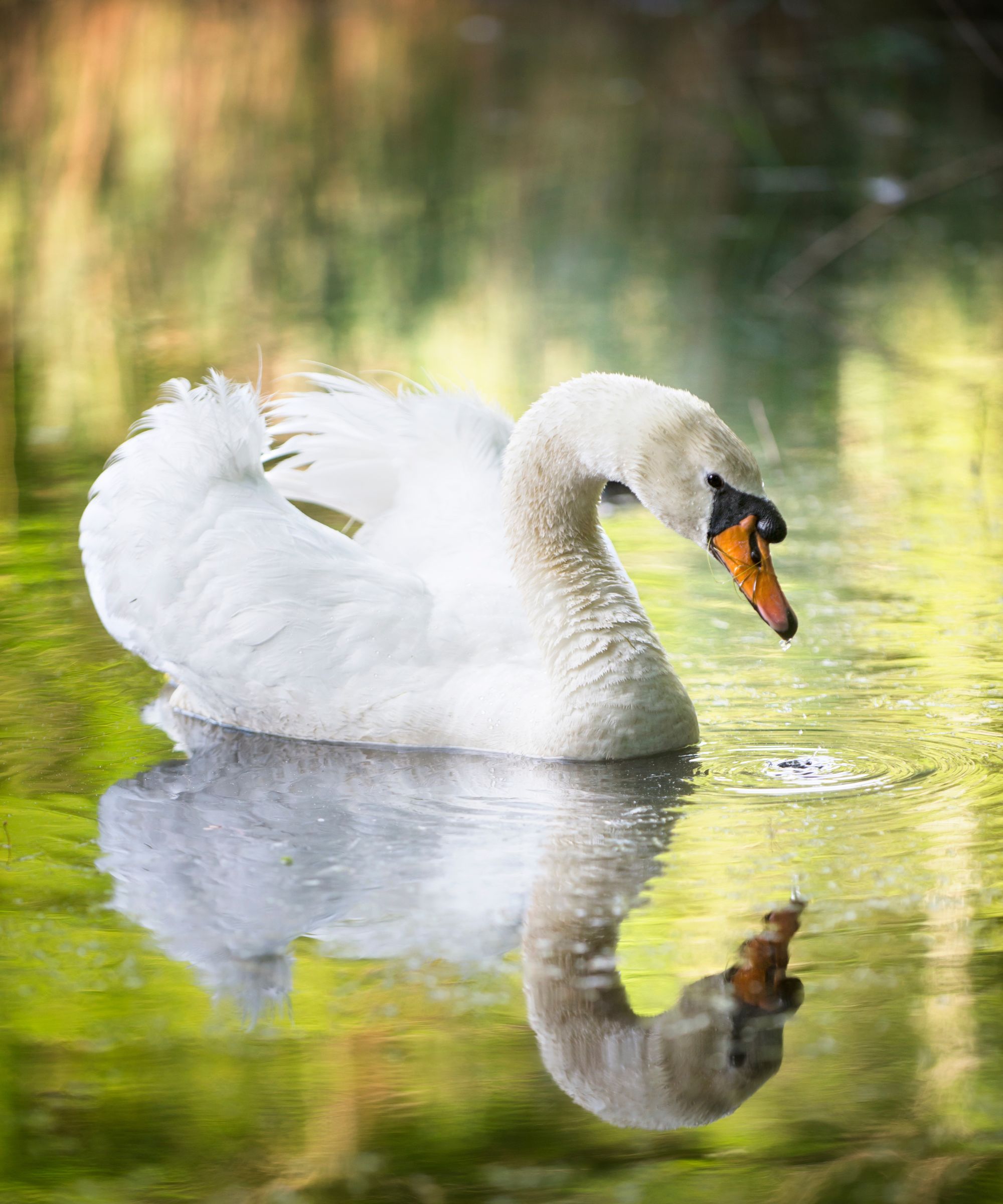
Another method to make your yard less appealing or intimidating to swans is by setting up visual deterrents. There are plenty of great options to choose from.
One of the most effective methods for deterring swans is using decoy predators. Placing lifelike plastic or resin owl figures strategically near bodies of water can be highly effective, as swans instinctively view owls as predators and will typically avoid the area.
If you want to go bigger and bolder, consider using realistic coyote or fox models, like these silhouette decoys from Amazon. In yards with water features, floating fake alligator heads can also be an effective deterrent, further creating the illusion of danger and encouraging swans to seek a safer location.
'Additionally, using visual deterrents like reflective objects or flags can successfully disrupt their visual perception and make your yard less attractive to them,' says Peter Rania.
When reflective tape or strips flutter in the wind, they create flashes of light that startle swans. Stakes with small mirrors, reflective discs, floating reflective balls in the water can also add to the effect. Additionally, colorful flags or banners that move in the wind will also unsettle the swans, encouraging them to leave.
Finally, bright lights triggered by movement can create enough disturbance to deter swans at night. Be sure to invest in motion-activated lights that can register smaller creatures, like swans, to ensure they are triggered by the birds' presence.
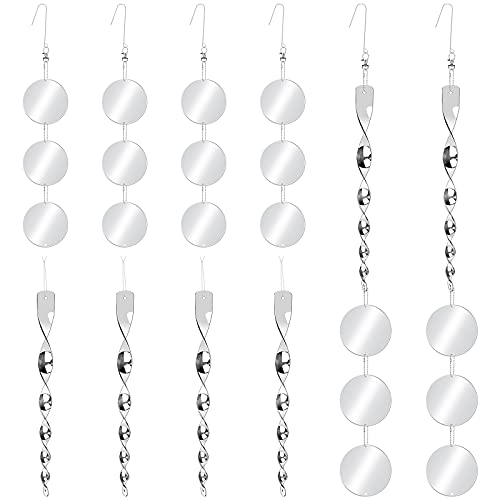
Harnessing birds' natural instincts, this pack of 18 reflective discs and 6 bird scare rods create flashes of light that scare swans while doubling as decorative yard accents. Hang them near nesting areas, tree branches, or water features to deter swans.
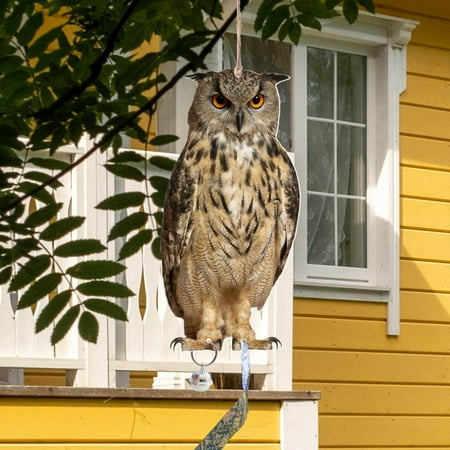
This owl figure combines visual and auditory deterrents to keep swans away. Easy to hang with its included 60cm sisal rope and ribbon, it features a lifelike owl design and a tinkling bell that sways in the wind, adding charm while deterring unwanted birds.
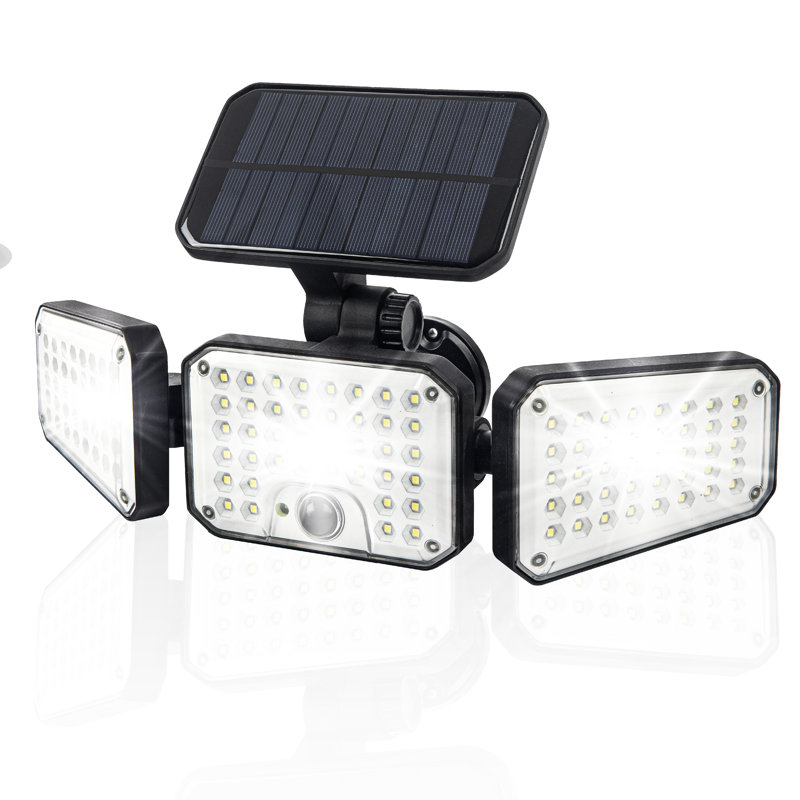
Perfect for deterring swans at night, this motion-activated flood light is solar powered, eliminating the need for batteries or wiring. Its wide-angle, weather-resistant design covers large areas.
4. Create barriers in water ponds
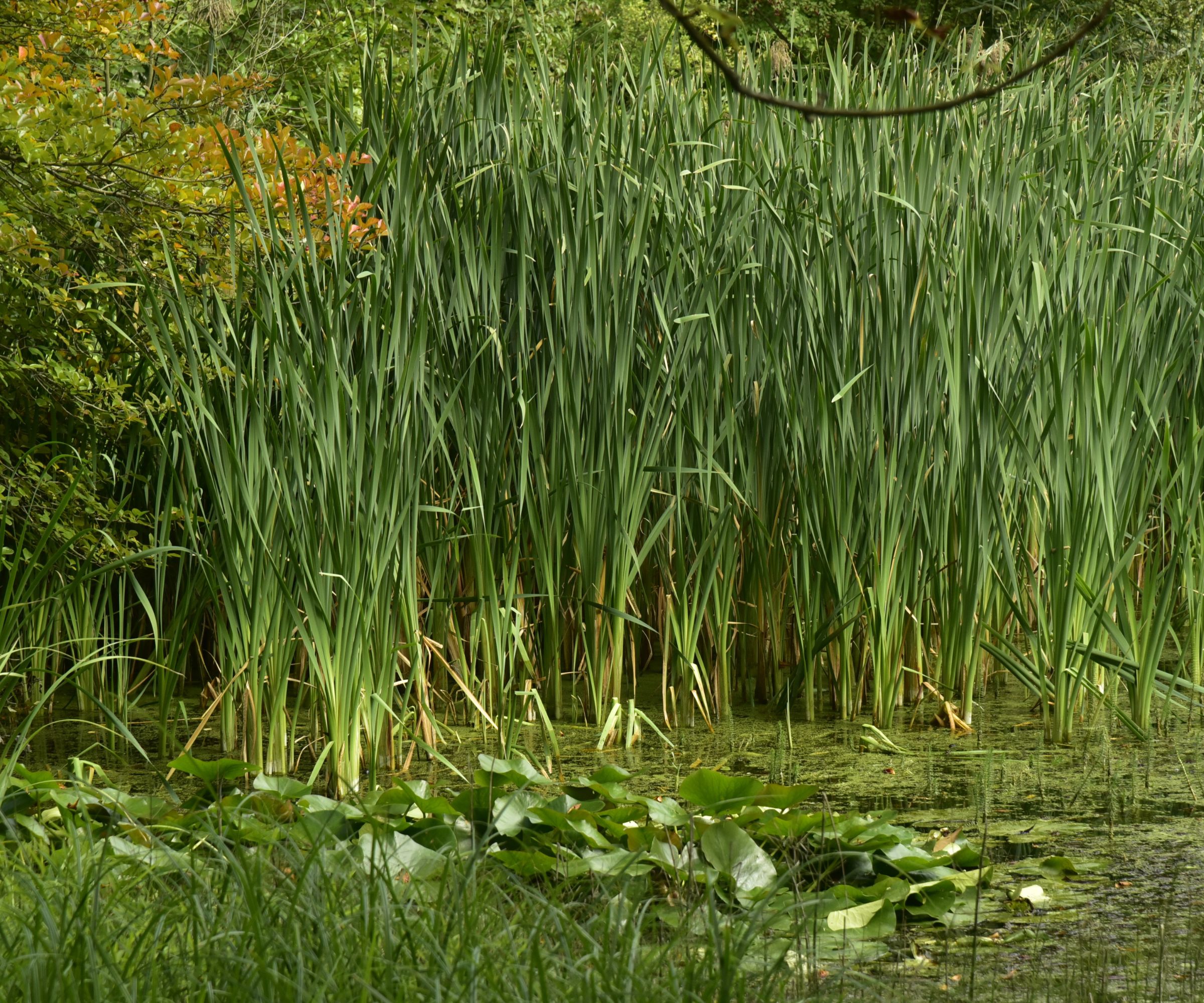
Another highly effective method to deter swans is by creating barriers in the water itself. Swans prefer open, visible bodies of water, so planting tall, dominant herbs and grasses along the water's edge can effectively reduce their comfort and discourage them from swimming across. These dense plantings create a natural barrier, making the area feel more enclosed and less inviting for the swans.
This method works particularly well because it mimics natural habitat features that swans tend to avoid, such as thick, overgrown reeds or shrubs that make it difficult for them to see potential threats. Incorporating the best ornamental grasses for privacy, such as miscanthus, pennisetum, or feather reed grass reduces their visibility and movement, preventing them from swimming freely and making the area feel unsafe.
5. Design alternative habitats for swans

If you want to take it a step further, you could think about setting up a community project focused on creating swan-friendly habitats. This will provide swans with an attractive, dedicated space to settle, reducing the likelihood that they will be drawn to your yard.
To do this, you should first establish a designated swan-friendly habitat at least 1.5 km away from residential properties to ensure swans have space to nest without causing disturbances to the local communities. This could be a specially designated area within a park or nature reserve – the ideal location will should have a calm, shallow body of water for nesting and feeding.
'Ensure that the nesting area is free from flooding, steep banks and predators,' warns Peter Rania. Swan nests can be vulnerable to water levels that rise unexpectedly, so choose a location with gentle slopes or flat terrain and avoid steep banks that could be hazardous for swans. Ensure there are no foxes or racoons in the areas, as they can pose a threat to eggs or young swans.
Next, consider wildlife garden ideas to ensure the areas is desirable to swans. Just like when you keep ducks, swans need both open water and sheltered areas for nesting. Include tall grasses, reeds, and shrubs around the habitat to provide cover, while ensuring the area remains visible enough to allow swans to spot potential threats. Planting native aquatic plants can be a great way to maintain water quality, creating a balanced environment that attracts swans while keeping them in appropriate areas.
Like many different garden pest control methods, such as keeping opossums away, deterring swans is not just about keeping them off your lawn but also about landscaping in a way that fosters an environment that supports both your needs and the well-being of the wildlife that shares the space. By using barriers, strategic plantings, and creating designated swan-friendly zones away from residential areas, you can enjoy your yard while coexisting with local wildlife.
Sign up to the Homes & Gardens newsletter
Design expertise in your inbox – from inspiring decorating ideas and beautiful celebrity homes to practical gardening advice and shopping round-ups.

Lola Houlton is a news writer for Homes & Gardens. She has been writing content for Future PLC for the past six years, in particular Homes & Gardens, Real Homes and GardeningEtc. She writes on a broad range of subjects, including practical household advice, recipe articles, and product reviews, working closely with experts in their fields to cover everything from heating to home organization through to house plants. Lola is a graduate, who completed her degree in Psychology at the University of Sussex. She has also spent some time working at the BBC.
-
 Do cleaning products expire? Professional cleaners warn time could make them ‘less effective, and in some cases, irritating to use’
Do cleaning products expire? Professional cleaners warn time could make them ‘less effective, and in some cases, irritating to use’For the best results, it pays to stay on top of the timeline of your cleaning products
By Chiana Dickson Published
-
 7 of the best tomatoes for growing in pots - expert growers pick their top varieties ideal for large harvests from containers
7 of the best tomatoes for growing in pots - expert growers pick their top varieties ideal for large harvests from containersYou can enjoy bumper homegrown harvests in small spaces
By Drew Swainston Published